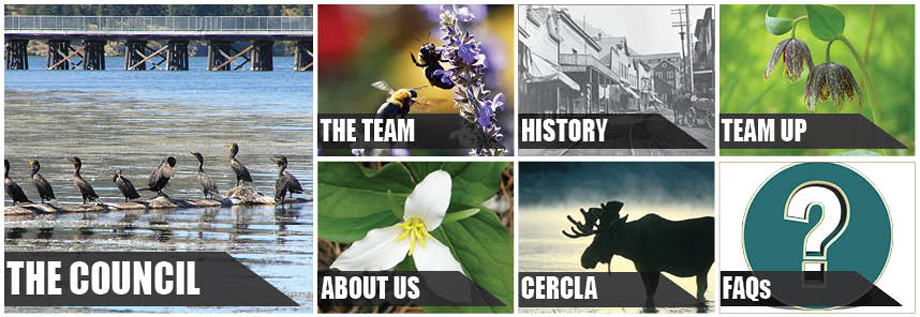Trustees
The Coeur d’Alene Basin Natural Resource Trustees (Trustees) are the U.S. Department of Interior, U.S. Department of Agriculture, Coeur d’Alene Tribe and State of Idaho. The Comprehensive Environmental Response, Compensation and Liability Act (CERCLA) and Clean Water Act (CWA) identify Federal, Tribal and State governments as trustees over natural resources on behalf of the public. The role of the Trustees is to return natural resources, that have been harmed by mine-waste contamination, to a healthy condition.
In the Coeur d’Alene Basin, the Trustees have chosen to work together through the Trustee Council which was developed through a 2012 Memorandum of Agreement.
U.S. Department of Interior
![]()
The U.S. Department of Interior is represented in the Coeur d’Alene basin by the Bureau of Land Management and the Fish and Wildlife Service. These agencies, together, have one representative that sits on the Trustee Council and two representatives that work on the Technical Staff.
Bureau of Land Management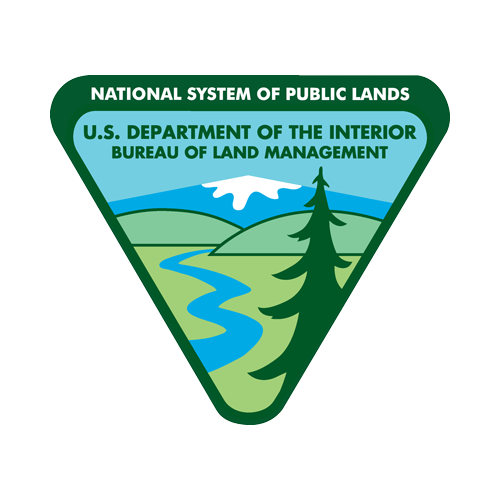
The Bureau of Land Management (BLM) may best be described as a small agency with a big mission: To sustain the health, diversity, and productivity of America’s public lands for the use and enjoyment of present and future generations. It administers more public land – over 245 million surface acres – than any other Federal agency in the United States. Most of this land is located in the 12 Western states, including Alaska. The BLM also manages 700 million acres of sub-surface mineral estate throughout the nation. The Coeur d’Alene Field Office manages about 99,000 acres of land that stretches from the Clearwater River to the Canadian border.Fish and Wildlife Service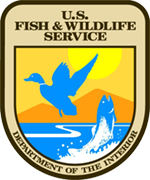
The Fish and Wildlife Service works with others to conserve, protect and enhance fish, wildlife, plants and habitats for the continuing benefit of the American people. The Service in Idaho supports multi-partner conservation across the state, working together to find landscape-scale solutions that will ensure a lasting legacy for our children, grandchildren and future generations. Coeur d’Alene Tribe
![]()
The Schitsu’umsh, or Coeur d’Alene Tribe, have maintained strong cultural, economic, environmental and leadership ties to their homeland since time immemorial.
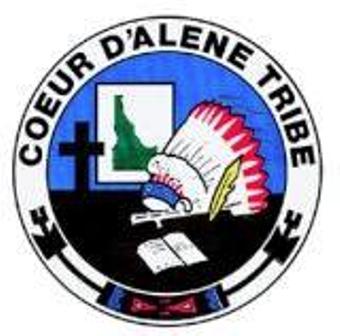 The sovereign Coeur d’Alene Tribe is governed by a seven-person Tribal Council elected by tribal members. Through self-determination and with a focus on investment in the community, the Coeur d’Alene Tribe successfully manages programs that provide critical community services and infrastructure such as healthcare, law enforcement, education, and natural resource management. The Coeur d’Alene Tribe continually strives for the goal of self-sufficiency, focusing on initiatives that promote economic development and employment opportunities for the tribal membership and today is one of the largest employers in North Idaho.The Coeur d’Alene Tribe has long been known as a steward for natural resources in the Coeur d’Alene basin. They were the first to initiate the natural resource restoration process. The Tribe has one representative that sits on the Trustee Council and one representative that works on the Technical Staff.
The sovereign Coeur d’Alene Tribe is governed by a seven-person Tribal Council elected by tribal members. Through self-determination and with a focus on investment in the community, the Coeur d’Alene Tribe successfully manages programs that provide critical community services and infrastructure such as healthcare, law enforcement, education, and natural resource management. The Coeur d’Alene Tribe continually strives for the goal of self-sufficiency, focusing on initiatives that promote economic development and employment opportunities for the tribal membership and today is one of the largest employers in North Idaho.The Coeur d’Alene Tribe has long been known as a steward for natural resources in the Coeur d’Alene basin. They were the first to initiate the natural resource restoration process. The Tribe has one representative that sits on the Trustee Council and one representative that works on the Technical Staff.
U.S. Department of Agriculture
![]()
The U.S. Department of Agriculture is represented in the Coeur d’Alene basin by the Forest Service. The U.S.F.S. has one representative that sits on the Trustee Council and one representative that works on the Technical Staff.
Forest Service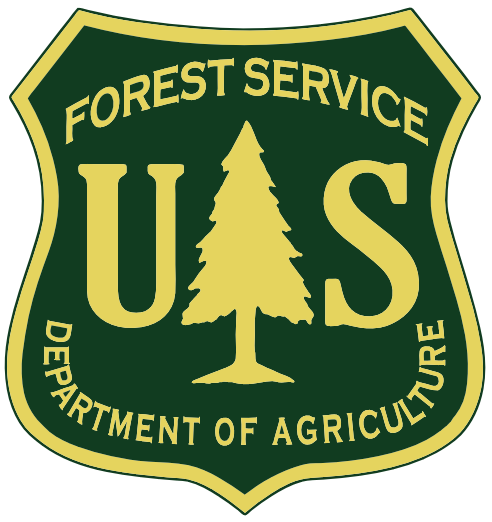
Established in 1905, the Forest Service is an agency of the U.S. Department of Agriculture. The Forest Service manages public lands in nationalforests and grasslands.
Gifford Pinchot, the first Chief of the Forest Service, summed up the mission of the Forest Service— “to provide the greatest amount of
good for the greatest amount of people in the long run.” National forests and grasslands encompass 193 million acres of land throughout the United States including the 2.5 million acre Idaho Panhandle National Forests located here in north Idaho.
State of Idaho
![]()
The State of Idaho is represented in the Coeur d’Alene basin by the Idaho Department of Environmental Quality and Idaho Fish and Game. These agencies, together, have one representative that sits on the Trustee Council and two representatives that work on the Technical Staff.
Idaho Department of Fish and Game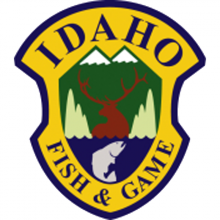
The Idaho Department of Fish and Game exists to “preserve, protect, perpetuate, and manage” Idaho’s cherished wildlife resource, ensuring
a rich outdoor heritage for all generations. The IDFG was created in 1938 under a voter initiative. It works with the citizens of Idaho to manage ecosystems in ways that are sustainable and based on scientifically developed knowledge. It strives to maintain credibility by achieving the highest level of employee and agency objectivity, expertise, professionalism, and effectiveness.
Idaho Department of Environmental Quality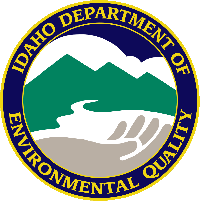
The Idaho Department of Environmental Quality’s mission is to protect human health and preserve the quality of Idaho’s air, land, and water for use and enjoyment today and in the future. DEQ envisions a future for Idaho’s citizens wherein quality of life is enhanced by the quality of the environment. We assess, sustain, preserve, and enhance environmental qualities in partnership with communities and businesses and in concert with the economic vitality of the state.
